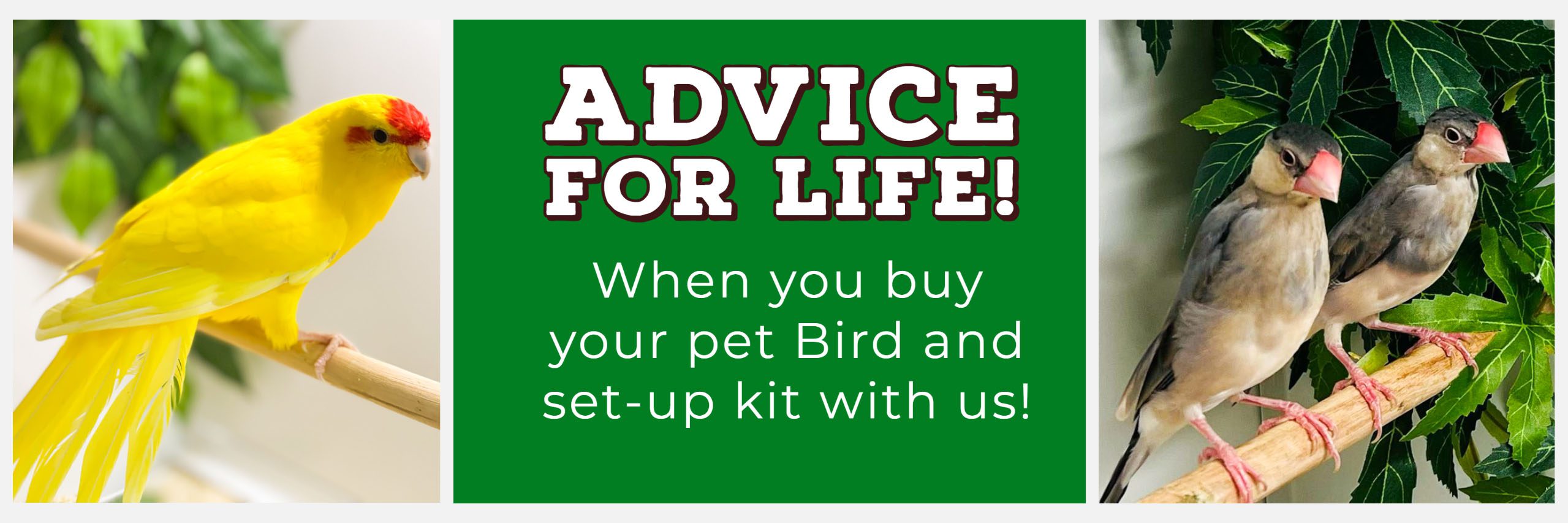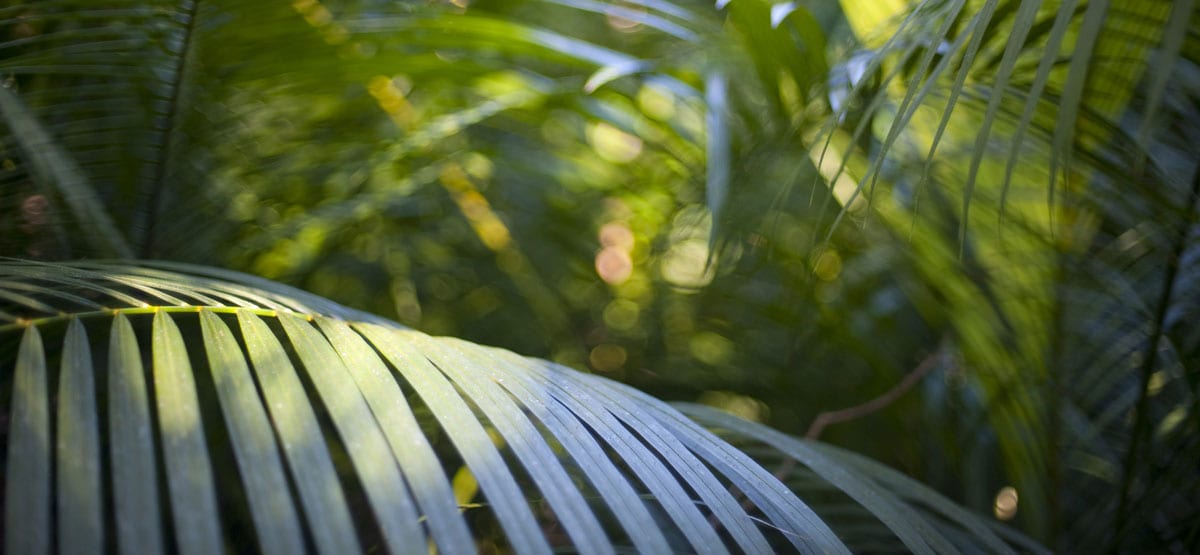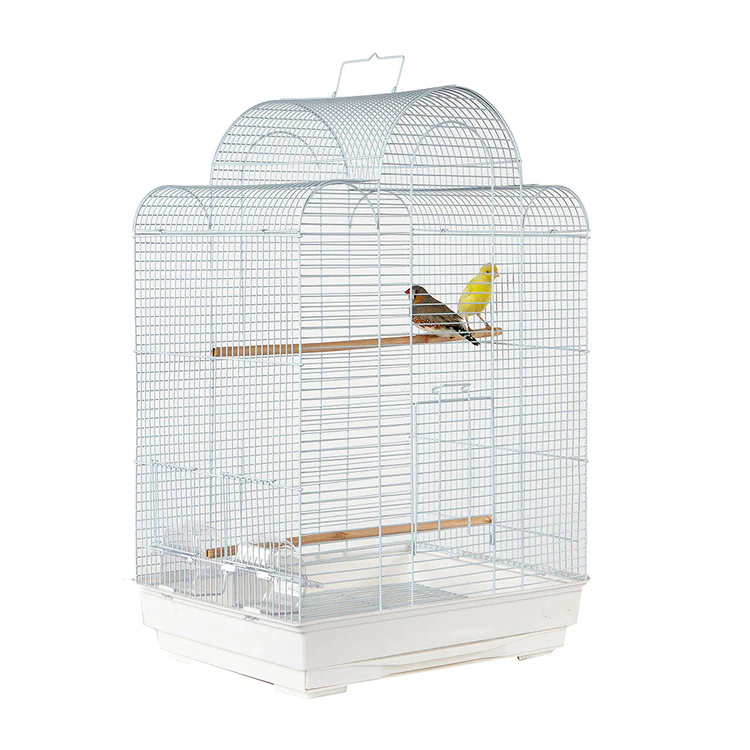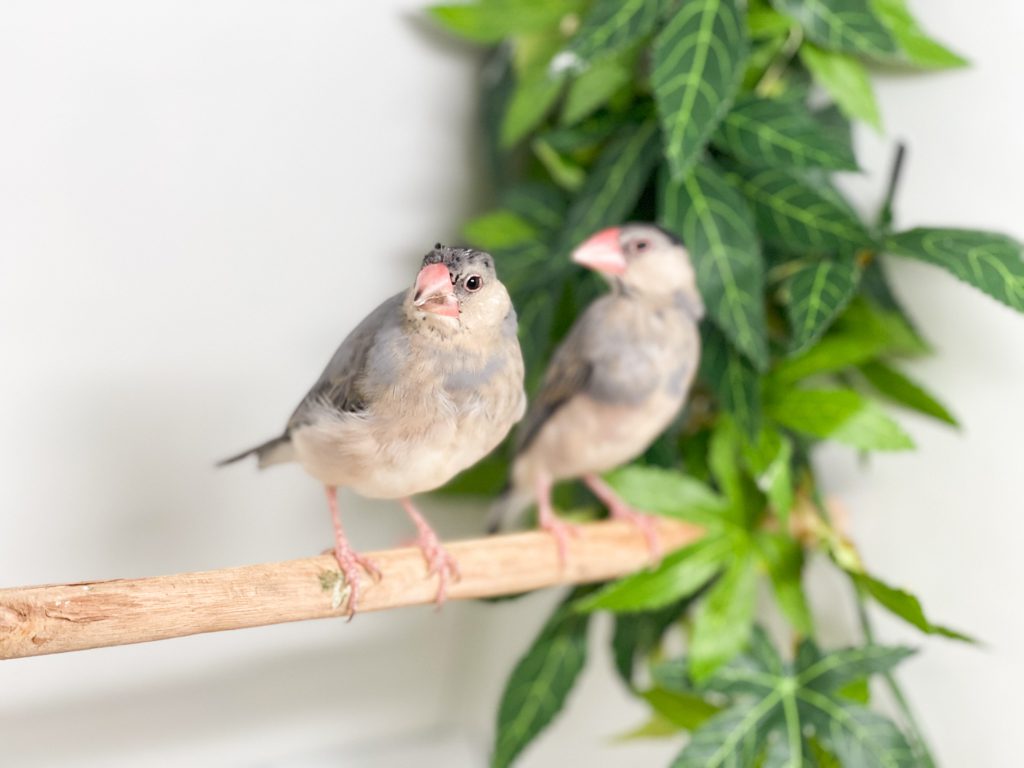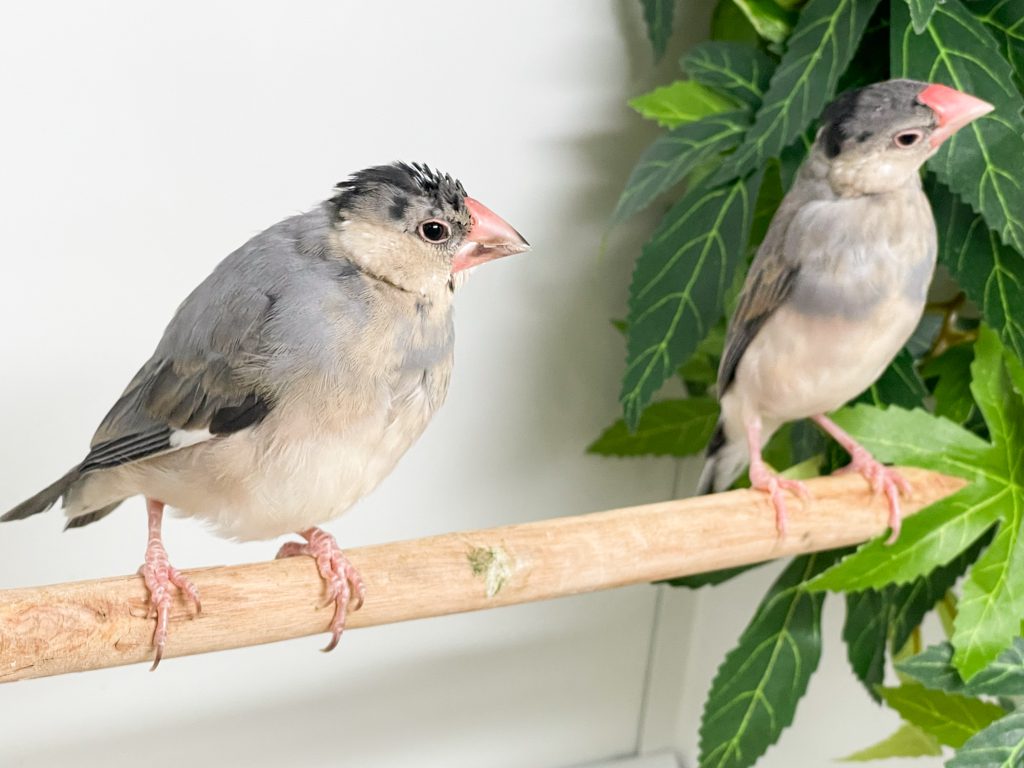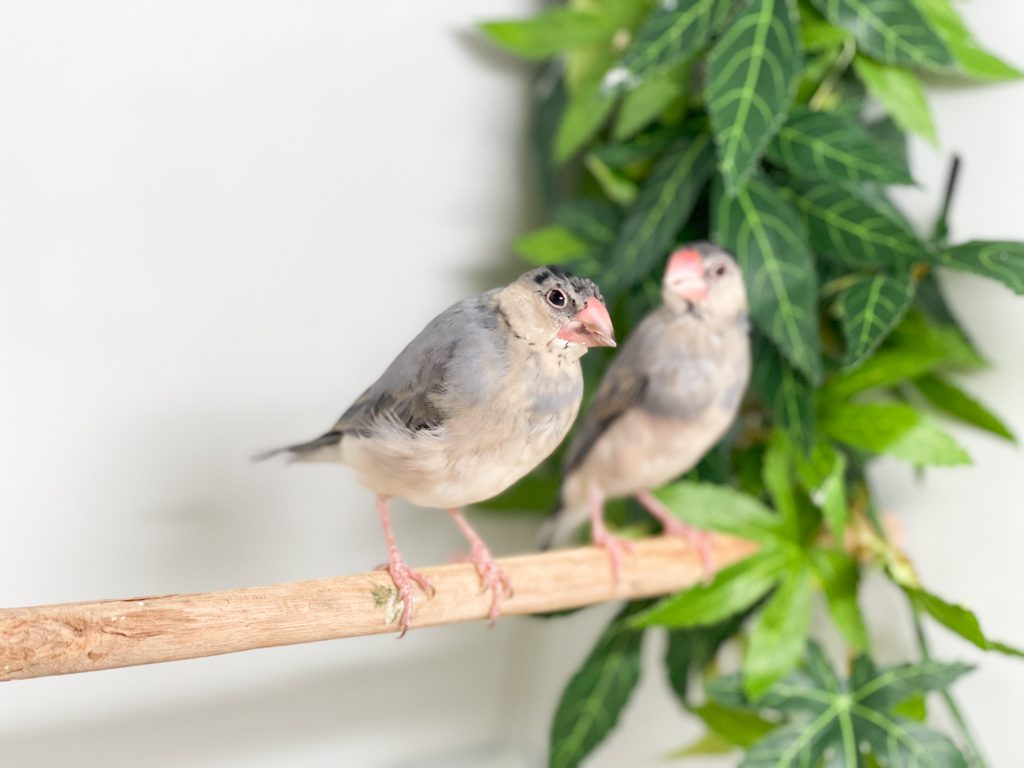
Java Finch
Care Sheet
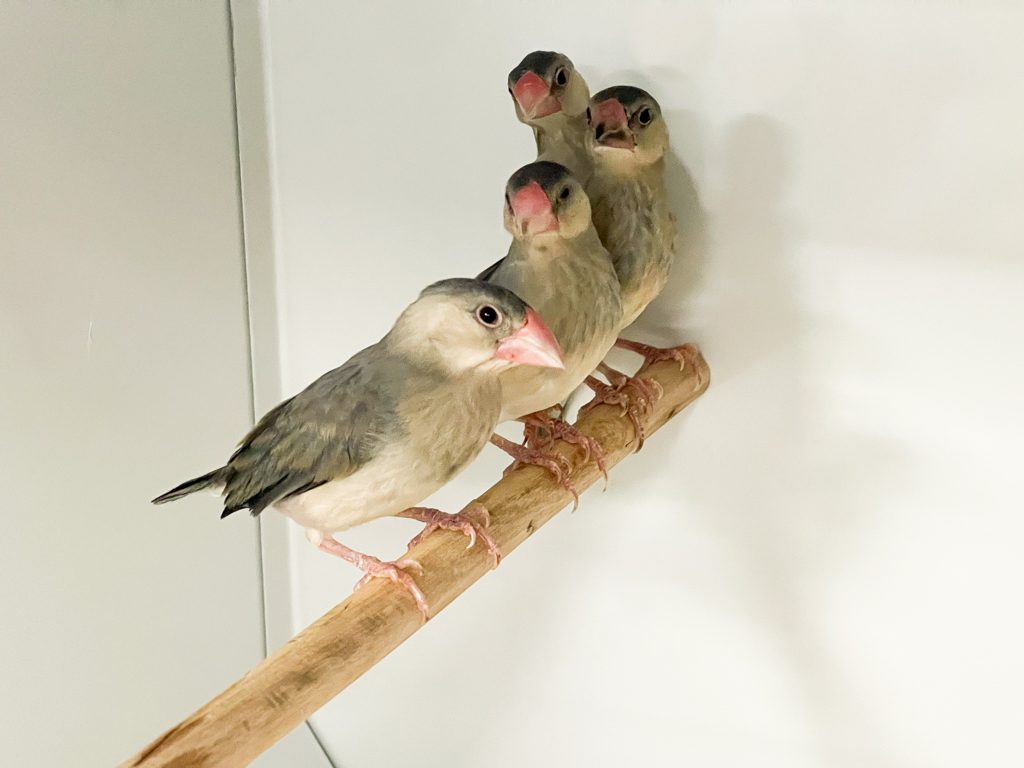
Colourful and active birds who are great for viewing. Fantastic in a mixed aviary.
Colours: Java Finches colouring is similar to that of a penguin. Usually the head of the bird is a grey/black colour with black head and tail feathers. Java Finches have cinnamon /grey coloured breasts and white patches on their cheeks.
Housing: Social birds, keep with other finches. At least one other Java finch
Lifespan: 9 to 11 years
Adult Size: 12-14cm | Adult Weight: 20-22g
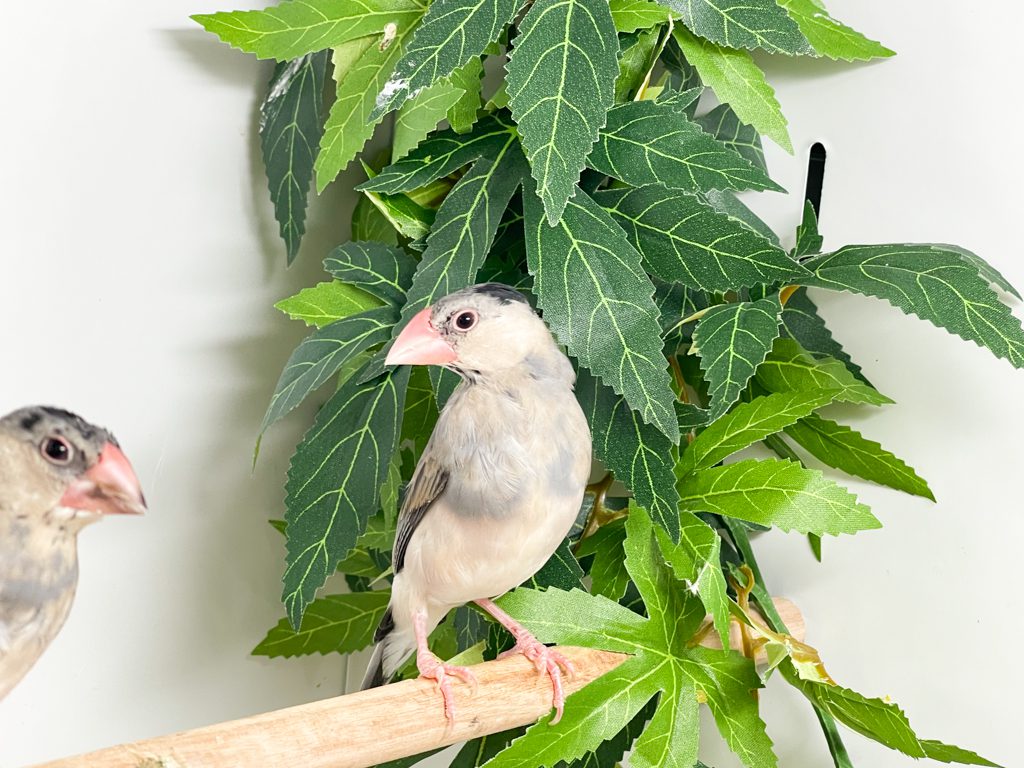

HANDLING YOUR FINCH
Java finches are known to be shyer birds and are often described as ‘hands-off’ birds.
Great in a mixed aviary where birds will entertain themselves.
For handling, work quietly and slowly with the bird, the key is to bond with the bird prior to trying to handle.
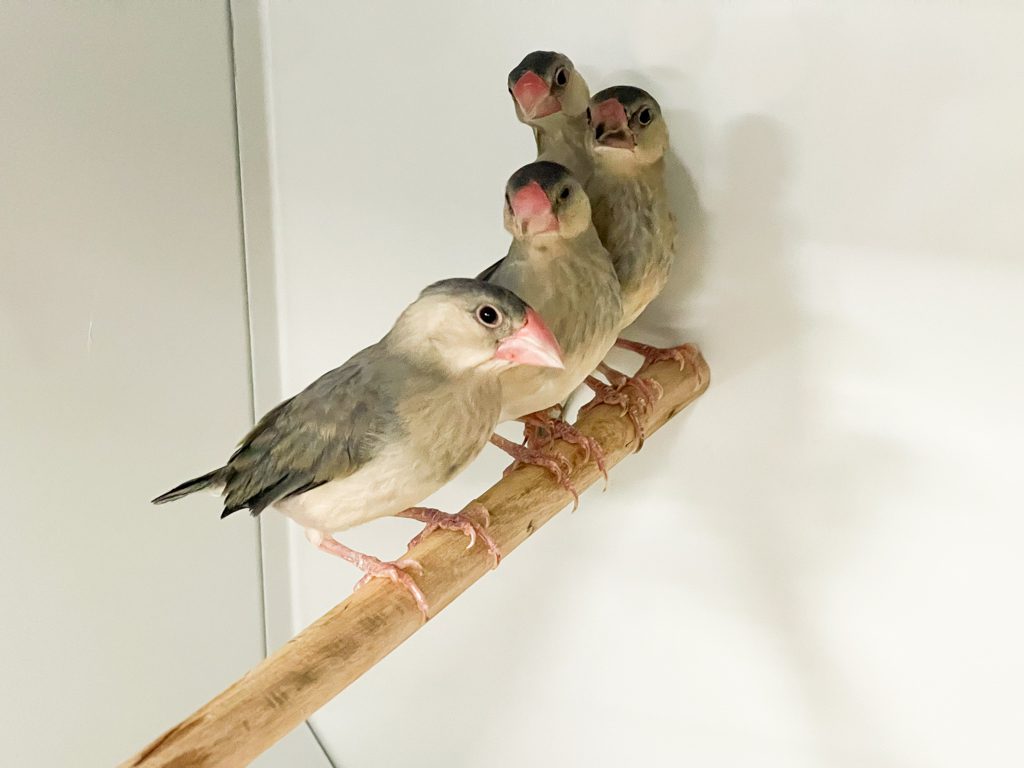

HEALTH CHECK
- Signs of flight are normal
- Moves normally and no signs of lethargy
- The beak aligns correctly and has no signs of over growth
- The vent is clear
- The bird is alert
- The bird is acting normally and there are no signs of isolation from other birds
